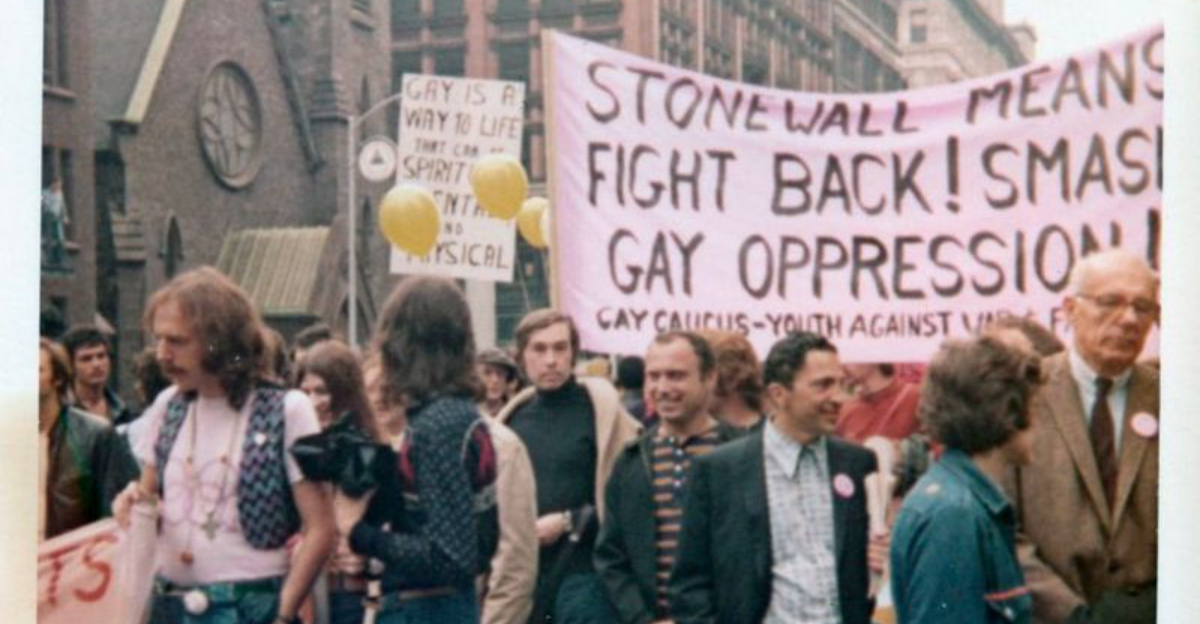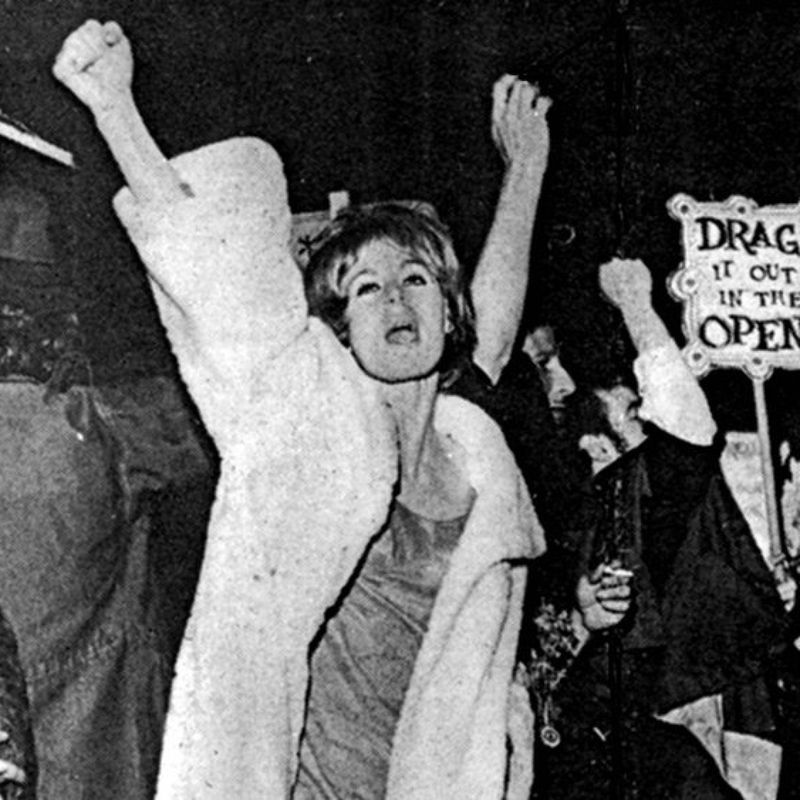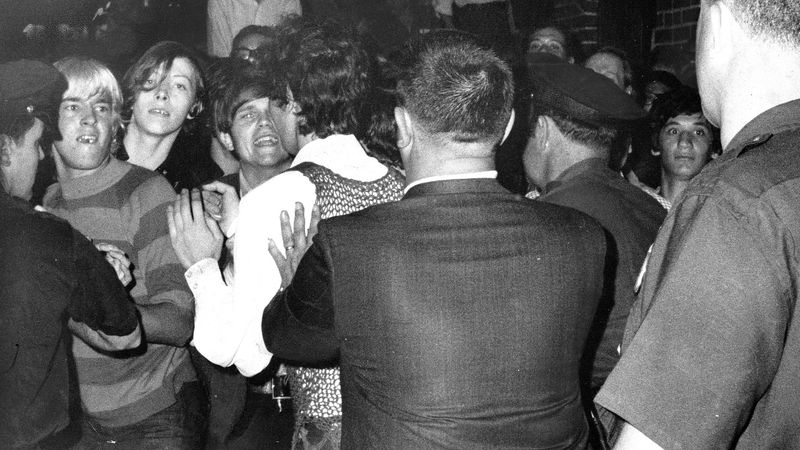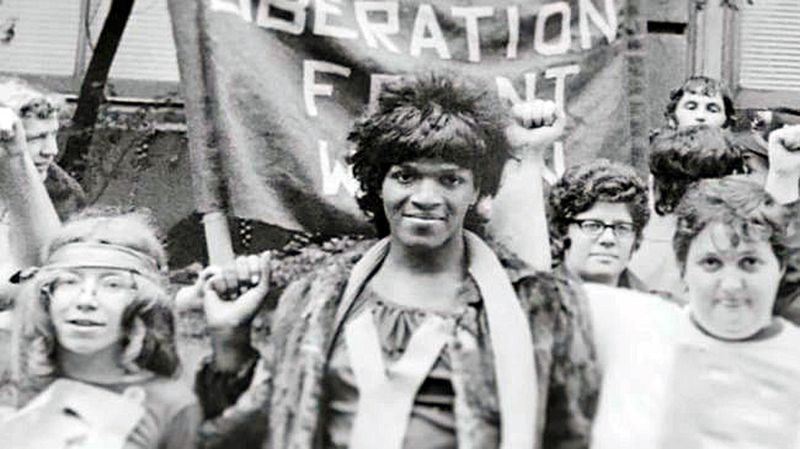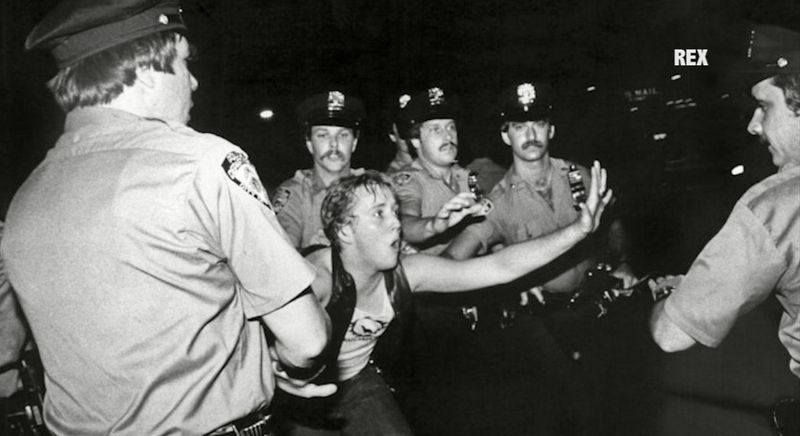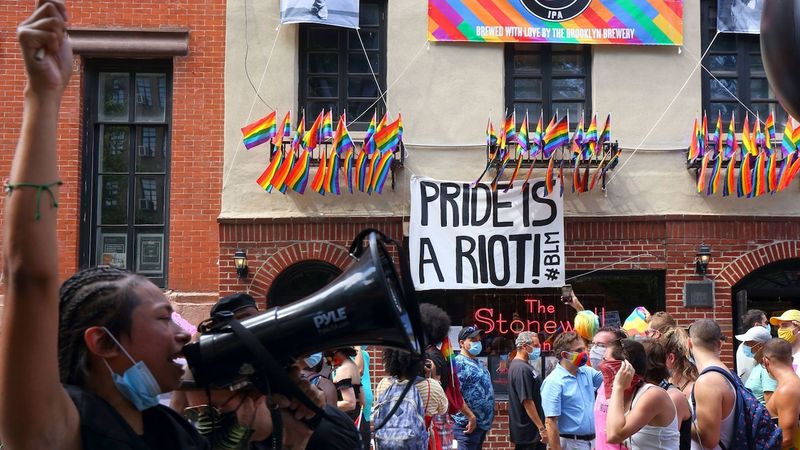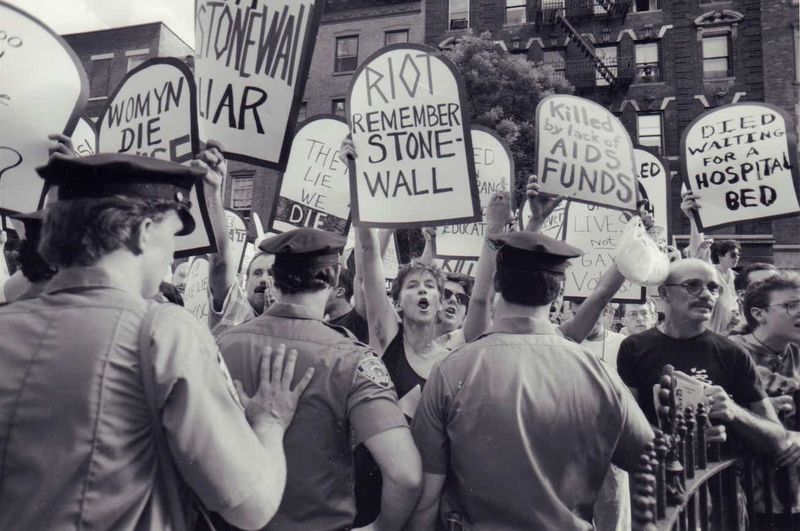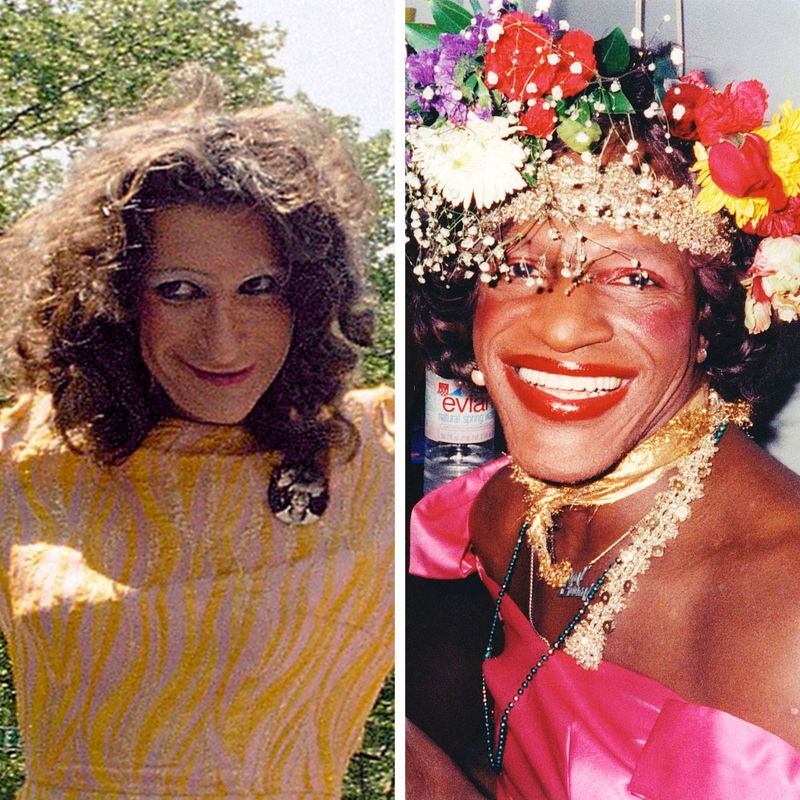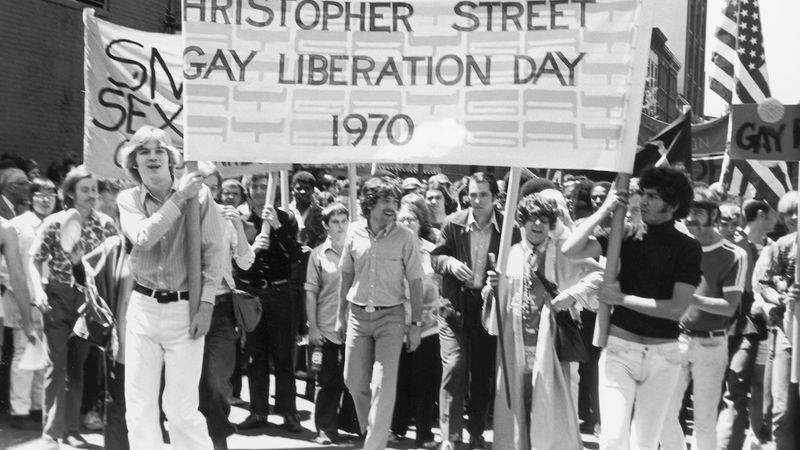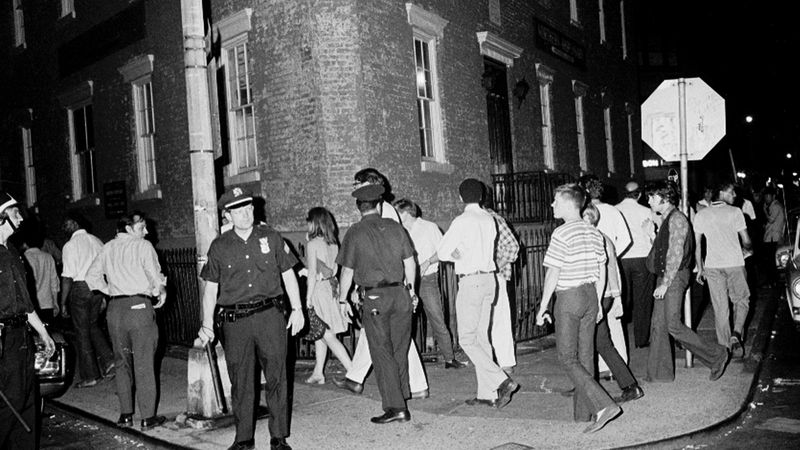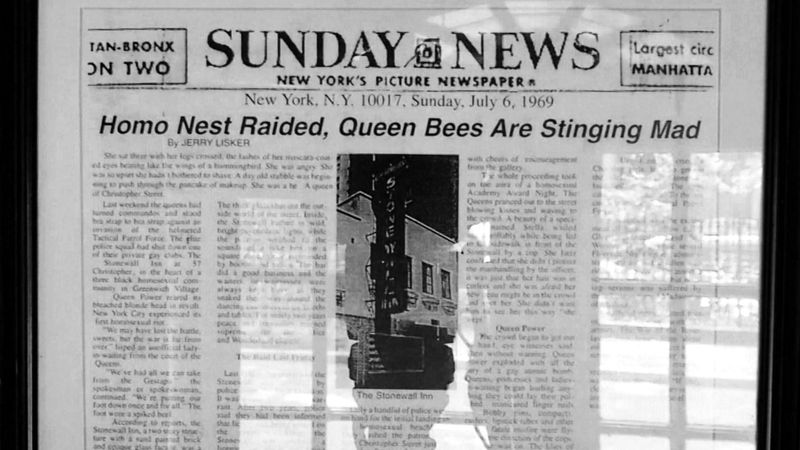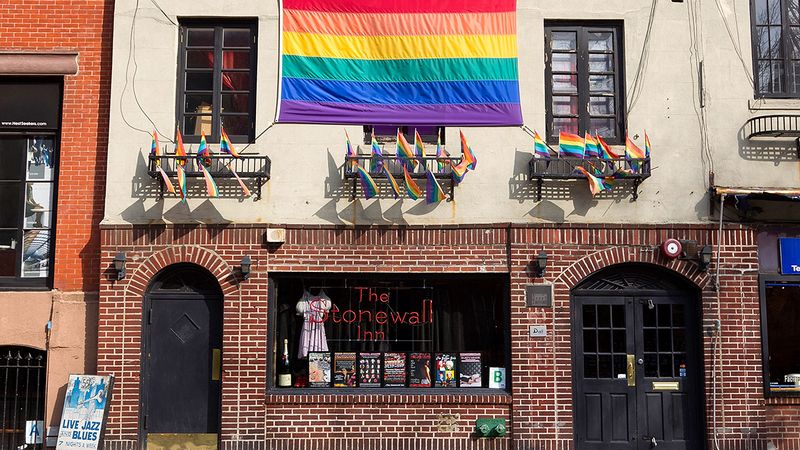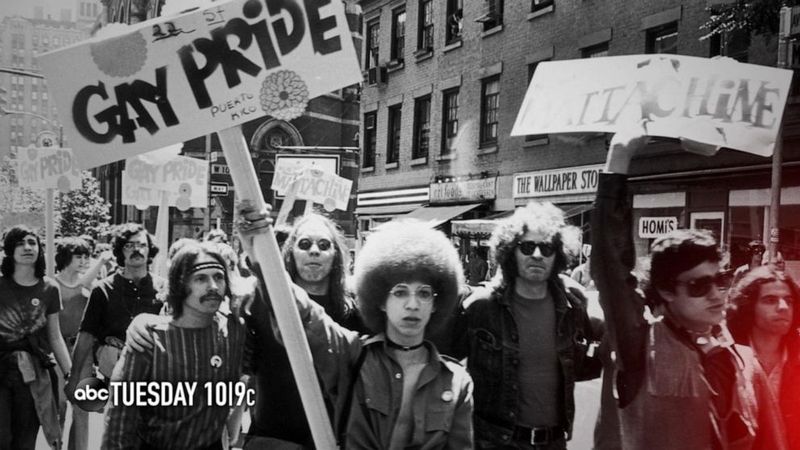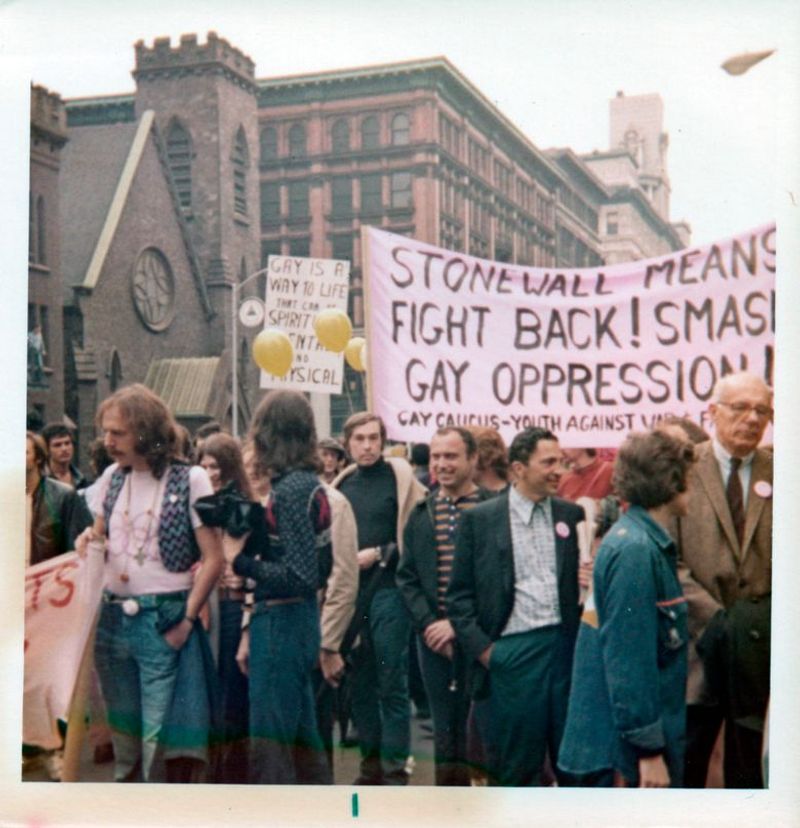Explore the Stonewall riots beyond the common misconceptions. This post uncovers five myths you should skip and highlights eight revolutionary facts that truly matter. Discover the real story behind the Stonewall uprising, the people who made a difference, and its lasting impact on the fight for LGBTQ+ rights.
1. “Stonewall was the first LGBTQ+ uprising.”
Stonewall wasn’t the first LGBTQ+ uprising. Earlier events like the 1966 Compton’s Cafeteria riot and the 1959 Cooper Do-nuts riot were pivotal. Both involved clashes against police harassment, setting the stage for future resistance. These protests, led by trans women and drag queens, highlighted ongoing oppression. Stonewall’s role as a pivotal moment often overshadows these earlier acts of defiance. By recognizing these lesser-known protests, we honor a broader history of resistance within the LGBTQ+ community. Understanding this history enhances our appreciation of the complex struggle for rights and recognition.
2. “The riots were a planned protest.”
The Stonewall riots erupted spontaneously, sparked by yet another police raid. Tired of relentless harassment, the LGBTQ+ community reached a boiling point. Trans women of color, sex workers, and homeless youth were at the forefront, fueled by anger and desperation. Contrary to organized protests, this uprising was raw and unplanned. It was a powerful, visceral reaction against systemic oppression. The spontaneous nature of Stonewall underscores the depth of frustration faced by marginalized groups. This explosion of emotion built momentum for a broader movement.
3. “Only gay men were involved.”
The narrative that only gay men participated in Stonewall is misleading. Central to the rebellion were Black and Latina trans women like Marsha P. Johnson and Sylvia Rivera, as well as butch lesbians and drag queens. Their efforts were crucial, yet often erased from history. This diverse coalition challenged stereotypes, showcasing the spectrum of the LGBTQ+ community. Acknowledging these leaders enriches the story of Stonewall, emphasizing unity across identities. Their courage paved the way for broader acceptance and rights, demanding recognition in historical narratives.
4. “It was all about marriage equality.”
Stonewall was a rebellion against police brutality and systemic oppression, not a fight for marriage equality. Early activists demanded basic rights like safety from violence and freedom to exist without fear. The focus was on liberation, not assimilation. Marriage equality became a goal much later in the movement. The initial struggle was about survival and identity, pushing against a society that marginalized them. By understanding this, we grasp the breadth of issues facing the LGBTQ+ community. Stonewall’s legacy goes beyond marriage, rooting in a fight for dignity.
5. “The movement became mainstream immediately.”
After Stonewall, the movement didn’t instantly become mainstream. Progress was slow and fraught with challenges. Activists faced backlash, and the community was divided over key issues like including trans people and people of color. These internal struggles reflect ongoing debates within the movement. Initial gains were limited, requiring persistent advocacy. Understanding these early challenges highlights the complex path toward acceptance and equality. The journey from Stonewall to mainstream recognition is marked by both victories and setbacks, underscoring the resilience of LGBTQ+ activists.
6. The riots lasted six days.
Stonewall wasn’t a one-night event. Protests and clashes with police stretched over six days, each night drawing larger crowds. This prolonged struggle amplified the message, capturing public attention. The extended resistance demonstrated the community’s determination. Night after night, they returned, demanding recognition and change. This endurance symbolizes the ongoing fight for justice and equality. The sustained nature of the riots highlights the depth of frustration and desire for reform within the LGBTQ+ community. Understanding this persistence is crucial in grasping the full impact of Stonewall.
7. Sylvia Rivera and Marsha P. Johnson were key figures.
Sylvia Rivera and Marsha P. Johnson played crucial roles at Stonewall. These trans women of color stood at the forefront, later founding Street Transvestite Action Revolutionaries (STAR) to support homeless LGBTQ+ youth. Despite their contributions, they were sidelined by white, cisgender activists in later years. Their work at Stonewall and beyond highlights the intersectionality of the struggle for LGBTQ+ rights. Honoring Rivera and Johnson means acknowledging the breadth of this movement and the diverse figures who fueled it. Their legacy inspires continued advocacy for marginalized communities.
8. The first Pride was a protest.
The first Pride event, the 1970 Christopher Street Liberation Day March, was a direct response to Stonewall. What began as an act of defiance evolved into a vibrant celebration of identity. Participants marched with banners and signs, demanding rights and visibility. This protest laid the foundation for annual Pride events worldwide. By tracing Pride’s origins back to activism, we see its roots in resistance. The march was a testament to the power of unity and the ongoing fight for equality. Pride continues to honor this legacy of protest and perseverance.
9. Police used violent tactics.
During the Stonewall riots, police employed violent tactics. Patrons were barricaded inside the bar, beaten, and arrested under archaic laws. This brutality was a catalyst for the uprising, igniting outrage within the community. The police’s harsh response exemplified the systemic oppression faced by LGBTQ+ individuals. This violence underscored the need for reform and justice. Recognizing these tactics is essential to understanding the anger and passion that fueled the riots. The confrontation at Stonewall was both a battle and a call to action against institutionalized discrimination.
10. Media coverage was mostly negative.
In the aftermath of Stonewall, media coverage was largely negative. Reports mocked the riots, with outlets like The New York Daily News referring to it as “The Great Faggot Rebellion.” Such dismissive attitudes reflected broader societal prejudices. It took years for the mainstream media to recognize the significance of Stonewall. This hostile coverage was a barrier, yet it also spurred activists to demand better representation. Understanding the media’s role highlights the challenges faced in changing public perceptions. The shift from mockery to recognition marks significant progress in societal attitudes.
11. Stonewall wasn’t just a gay bar—it was a refuge.
The Stonewall Inn was more than a bar—it was a sanctuary for marginalized individuals. Run by the Mafia, it provided a rare space where drag queens, trans people, and unhoused youth could gather without fear. This refuge was vital for community building and solidarity. Understanding Stonewall as a haven reveals its importance beyond nightlife. It was a place of safety, connection, and resistance. Recognizing this aspect emphasizes the bar’s role in nurturing a sense of belonging. The environment fostered at Stonewall was integral to the uprising’s spark.
12. The movement was intersectional from the start.
Stonewall’s uprising was marked by intersectionality. Black and Brown trans women, butch lesbians, and gender-nonconforming individuals led the charge. This unity across racial and identity lines showcased the interconnectedness of various struggles. From the start, LGBTQ+ liberation was linked to racial and economic justice. Emphasizing this intersectionality broadens our understanding of the movement’s roots. Recognizing these leaders underscores the diversity that fueled the fight for rights. Stonewall’s legacy is one of collective resistance, highlighting the power of diverse voices in driving change.
13. Stonewall’s legacy is still unfolding.
The legacy of Stonewall continues to shape today’s advocacy. Current fights for trans rights, against police brutality, and for inclusive Pride events all trace back to Stonewall’s radical roots. This ongoing influence highlights the movement’s dynamic nature. Activists today build on the foundation laid by those at Stonewall, pushing for broader inclusion and justice. The continued relevance of these issues underscores the lasting impact of the riots. Stonewall’s spirit of resistance lives on, inspiring new generations to fight for equality and recognition.
